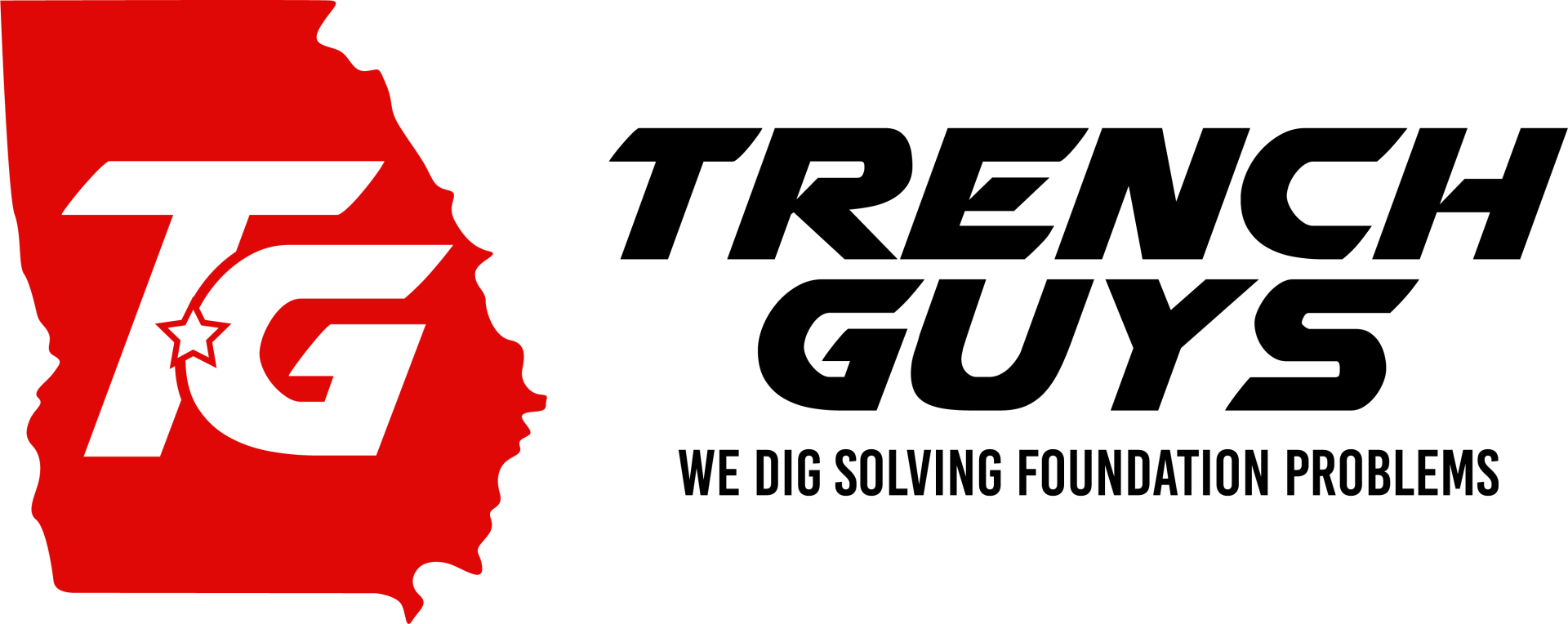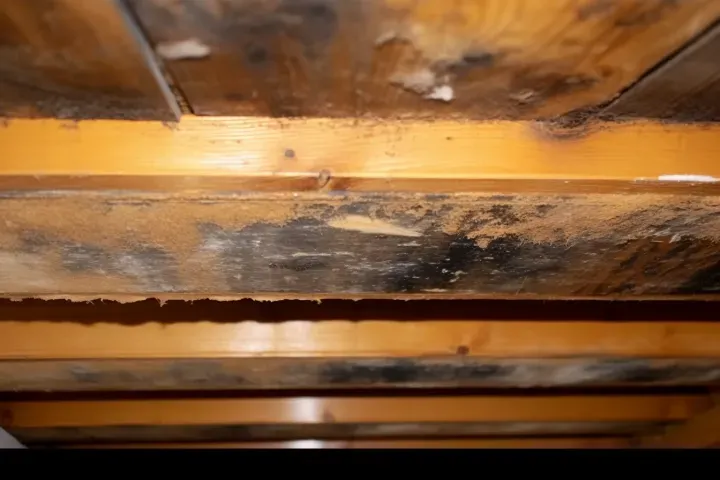Welcome to our in-depth exploration of the often-overlooked yet crucial aspect of home maintenance: the crawl space. This hidden area beneath your home is more than just an out-of-sight, out-of-mind space; it plays a pivotal role in the overall health and longevity of your residence. In this blog, we delve into the critical importance of regular crawl space maintenance and how it directly impacts the well-being of your home.
Crawl spaces, when neglected, can become the source of numerous issues that compromise the structural integrity, air quality, and energy efficiency of your home. From moisture problems leading to mold growth and wood rot to pest infestations that can cause extensive damage, the potential impacts are significant. We aim to shed light on these common crawl space issues, providing you with the knowledge to identify, prevent, and address them effectively.
Join us as we navigate the intricacies of crawl space maintenance. Whether you're a new homeowner or have been in your residence for years, this blog will equip you with essential insights and practical tips to ensure your home remains a safe, comfortable, and healthy environment for you and your family.
Understanding Your Crawl Space
A well-maintained crawl space is a cornerstone of a healthy home. This section of our blog is dedicated to helping homeowners understand their crawl space – its role in home structure and the common problems that can arise if it is neglected.
The Role of a Crawl Space in Home Structure
A crawl space is an often-underutilized area located beneath most homes, serving several vital functions in home construction. Its primary purpose is to provide a buffer between your home and the ground, protecting it from moisture, insulating against extreme temperatures, and offering a convenient access point for plumbing, wiring, and HVAC systems.
In this segment, we'll explore what a crawl space is and its critical role in the structural integrity of your home. Understanding the function of your crawl space is essential for recognizing its importance in the overall health and stability of your living space. We'll delve into how a well-maintained crawl space contributes to the longevity and safety of your home, highlighting the need for regular inspection and maintenance.
Common Crawl Space Problems
Despite its importance, the crawl space is one of the most common areas where homeowners face issues. These problems, if left unchecked, can lead to significant damage to your home. Common crawl space issues include moisture accumulation, mold growth, pest infestations, and structural damage.
In this part of the blog, we will identify these typical problems and explain their potential impact on your home. Moisture, for instance, can lead to mold and mildew, which not only affects the air quality of your home but can also weaken structural elements. We'll also discuss how pest infestations can arise in damp crawl spaces and the signs of structural damage to look out for. By understanding these common issues, homeowners can take proactive steps to mitigate them, ensuring the health and longevity of their crawl spaces and, consequently, their homes.
Preparing for a Crawl Space Assessment
Conducting a crawl space assessment is a critical step in maintaining the health and safety of your home. Proper preparation is key to ensuring that the assessment is both effective and safe. This section of our blog guides you through the essential preparations, including safety considerations and the necessary tools and equipment for a thorough inspection.
Safety Considerations
Before venturing into your crawl space, it's crucial to prioritize safety. The confined and often poorly lit conditions of a crawl space can pose various hazards. In this segment, we outline important safety tips and precautions to take before entering a crawl space:
- Wear Protective Gear: Always wear appropriate protective clothing, including gloves, a dust mask or respirator, and eye protection to guard against irritants and contaminants.
- Check for Wildlife: Before entering, inspect for signs of wildlife or pests that may have taken refuge in your crawl space.
- Beware of Electrical Hazards: Ensure that the area is safe from electrical hazards, especially if there are exposed wires or damp conditions.
- Ensure Adequate Ventilation: Crawl spaces can have poor air quality, so make sure there is sufficient ventilation to avoid inhaling harmful fumes or dust.
- Have a Buddy System: Never enter a crawl space alone. Having someone aware of your activity ensures help is available in case of an emergency.
Tools and Equipment Needed
A thorough crawl space assessment requires the right set of tools and equipment. Here's a list of essentials for an effective inspection:
- Flashlight or Headlamp: Adequate lighting is essential for visibility in dark crawl spaces.
- Moisture Meter: This tool helps in detecting moisture levels in the wood and foundation, which is crucial for identifying potential mold and rot issues.
- Screwdriver or Probe: Useful for checking the integrity of wooden structures for rot or pest damage.
- Camera or Smartphone: To document conditions and areas of concern for future reference or professional consultation.
- Tape Measure: Handy for measuring distances and sizes of potential issues or entry points.
- Notebook and Pen: For taking notes on the condition of the crawl space, areas of concern, and measurements.
Equipped with these tools and knowledge of safety precautions, homeowners can conduct a more informed and secure crawl space assessment, paving the way for effective maintenance and problem resolution.
Visual Inspection of the Crawl Space
A thorough visual inspection of your crawl space is a critical component of home maintenance. It helps in identifying potential issues before they escalate into major problems. This section of our blog focuses on how to conduct a visual inspection, specifically looking for signs of water damage and the presence of mold and mildew.
Signs of Water Damage
Water damage in a crawl space can lead to numerous structural and health issues in your home. Recognizing the signs early is key to preventing further damage. During your inspection, look for the following indicators:
- Pooling Water: Visible water on the floor of the crawl space is a clear sign of leakage or drainage problems.
- Dampness: Feel the walls and floor for any wetness or dampness, which can indicate moisture intrusion.
- Water Stains: Look for stains on the walls or floor, which can be a sign of ongoing or past water issues.
- Rust on Metal Components: Check for rust on metal fixtures, which can be caused by excessive moisture.
- Efflorescence: White, powdery residue on concrete surfaces is a sign of water evaporation and mineral deposits left behind.
By identifying these signs, homeowners can take early steps to address water intrusion issues, protecting their home from more severe water damage.
Checking for Mold and Mildew
Mold and mildew in a crawl space are not just a structural concern but also a health hazard. Here’s how to identify their presence:
- Visual Signs: Look for any fuzzy, discolored, or slimy patches on surfaces, which are indicative of mold growth.
- Odors: A musty or earthy smell is often a strong indicator of mold or mildew presence, even if it's not immediately visible.
- Allergic Reactions: Pay attention to any allergic symptoms you might experience during the inspection, as these can be triggered by mold spores.
- Previous Water Damage: Areas with past water damage should be inspected closely for mold growth.
Identifying mold and mildew early is crucial for maintaining a healthy living environment and preventing the spread of these fungi throughout your home.
Structural Integrity Assessment
Ensuring the structural integrity of your home begins with a thorough assessment of the crawl space. This critical area, often hidden from view, can reveal much about the overall health of your home's structure. In this section, we focus on how to inspect the foundations and joists, as well as identify insulation issues, which are key components in maintaining the strength and stability of your home.
Inspecting Foundations and Joists
The foundation and joists are the backbone of your home’s structure. Regular inspection of these elements is essential to detect any signs of damage or decay early on. Here’s what to look for during your assessment:
- Cracks in the Foundation: Look for any cracks in the foundation walls. Small hairline cracks might be normal settling, but larger cracks can indicate serious structural issues.
- Bowing or Buckling: Check if there are any areas where the foundation walls appear to be bowing or buckling inward or outward.
- Wood Rot or Damage in Joists: Examine the wooden joists for any signs of rot, damage, or termite activity. Probe with a screwdriver to test for soft spots, which indicate decay.
- Rust on Metal Components: Inspect any metal components for rust, as this can weaken the structural integrity.
By regularly inspecting these structural components, homeowners can identify potential problems early and take necessary actions to maintain the structural health of their homes.
Identifying Insulation Issues
Proper insulation in the crawl space is crucial for energy efficiency and preventing moisture-related issues. Here’s how to check the condition of your crawl space insulation:
- Dampness or Wet Insulation: Inspect the insulation for any signs of dampness or wetness, as moisture can reduce its effectiveness and lead to mold growth.
- Sagging or Falling Insulation: Look for areas where insulation may be sagging or has fallen down, as this indicates it is no longer effectively doing its job.
- Mold or Mildew on Insulation: Check for any visible signs of mold or mildew on the insulation, which can be a health hazard and also indicates moisture problems.
- Gaps in Insulation: Ensure there are no gaps or spaces in the insulation coverage, as this can lead to heat loss and increased energy costs.
Regular checks and maintenance of insulation in your crawl space can significantly contribute to the overall energy efficiency and structural health of your home.
Identifying Common Crawl Space Issues
A healthy crawl space is vital for the overall well-being of your home. However, several issues can arise in this often-neglected area, affecting the integrity and safety of your living space. In this section, we focus on two common crawl space issues: pest infestations and ventilation problems, providing insights on how to identify and address them.
Pest Infestation Signs
Pests and rodents in the crawl space can cause significant damage to your home’s structure and potentially lead to health hazards. Being vigilant about signs of infestation is crucial. Here’s what to look for:
- Droppings and Nesting Materials: One of the most obvious signs of pest presence is their droppings or nesting materials, such as shredded paper or fabric.
- Gnaw Marks and Damage: Look for gnaw marks on wood, wires, or insulation, which can indicate the presence of rodents.
- Unusual Sounds or Odors: Scratching, scurrying sounds, or a musty odor can also signal an infestation.
- Insect Wings or Bodies: The presence of dead insects, wings, or body parts can indicate a pest problem.
Regular inspections for these signs can help in early detection and prompt action to control the infestation.
Ventilation and Airflow Problems
Proper ventilation in a crawl space is essential to prevent moisture buildup and ensure good air quality. Ineffective ventilation can lead to several issues, including mold growth and structural damage. Here’s how to assess ventilation effectiveness:
- Condensation on Pipes or Walls: This can be a sign of high humidity levels due to poor ventilation.
- Mold or Mildew Smell: A musty odor often indicates that there isn’t enough airflow to keep the area dry.
- Visible Mold or Mildew: Spots or patches of mold or mildew on surfaces suggest poor air circulation.
- Blocked or Inadequate Vents: Ensure that all vents are clear of obstructions and are sufficient in number and size for the space.
Assessing and improving ventilation in your crawl space is key to preventing moisture-related problems and maintaining a healthy home environment.
FAQs
Contact Trench Guys Today!
Trench Guys will do everything we can to ensure your experience with us is excellent.
Request A FREE Estimate
Request a Free Estimate Form
Checkout Recent Post
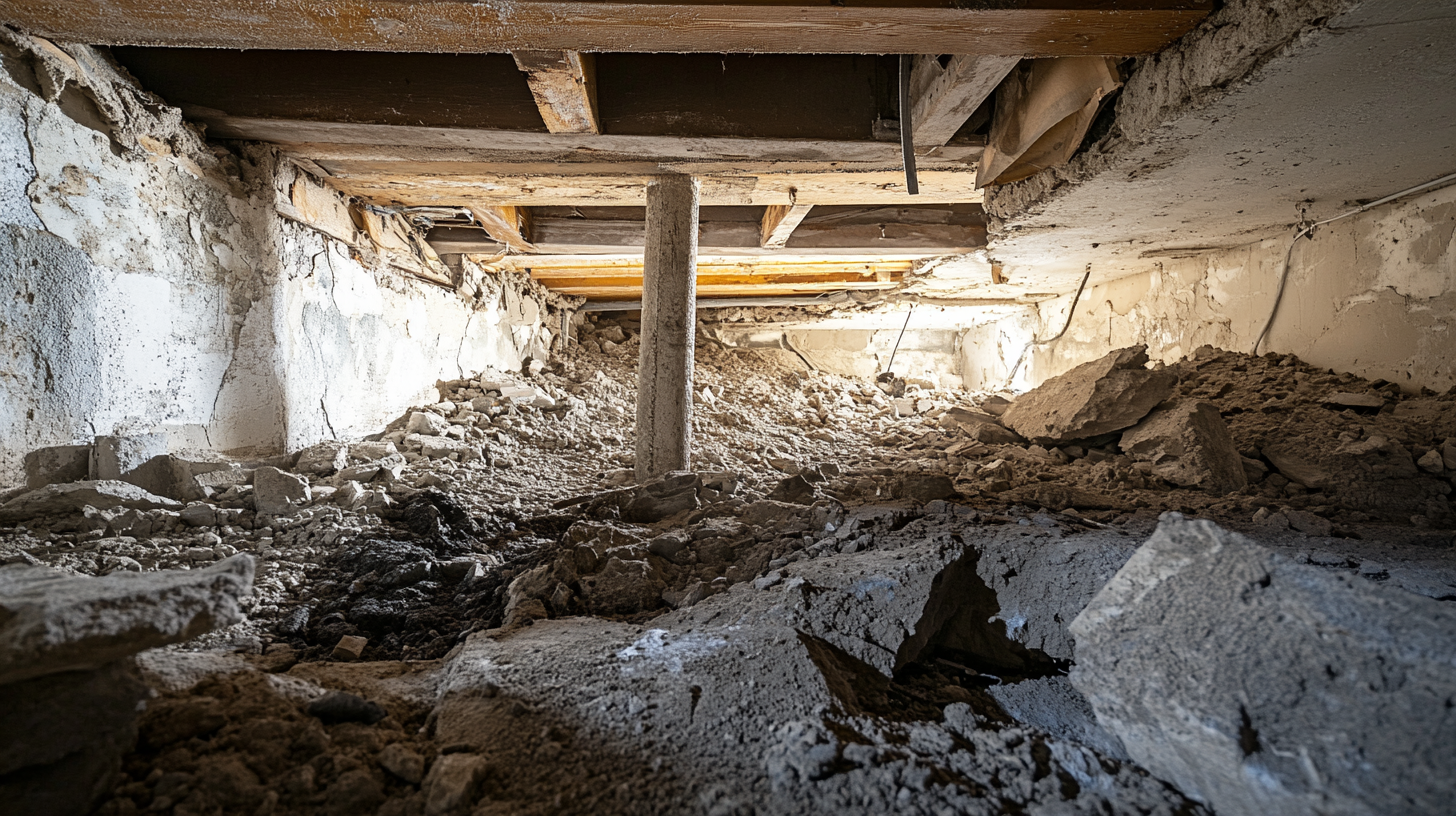

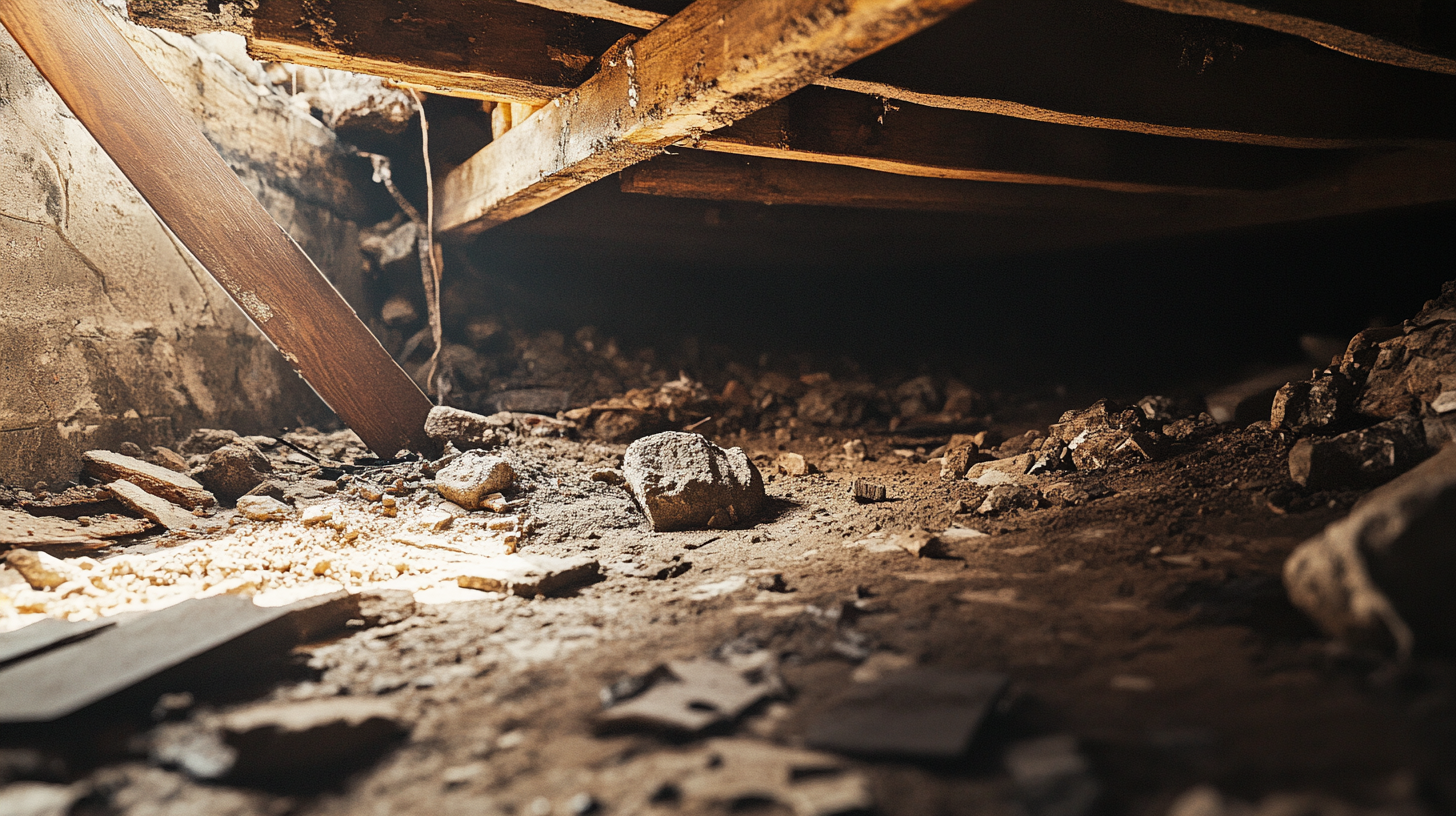
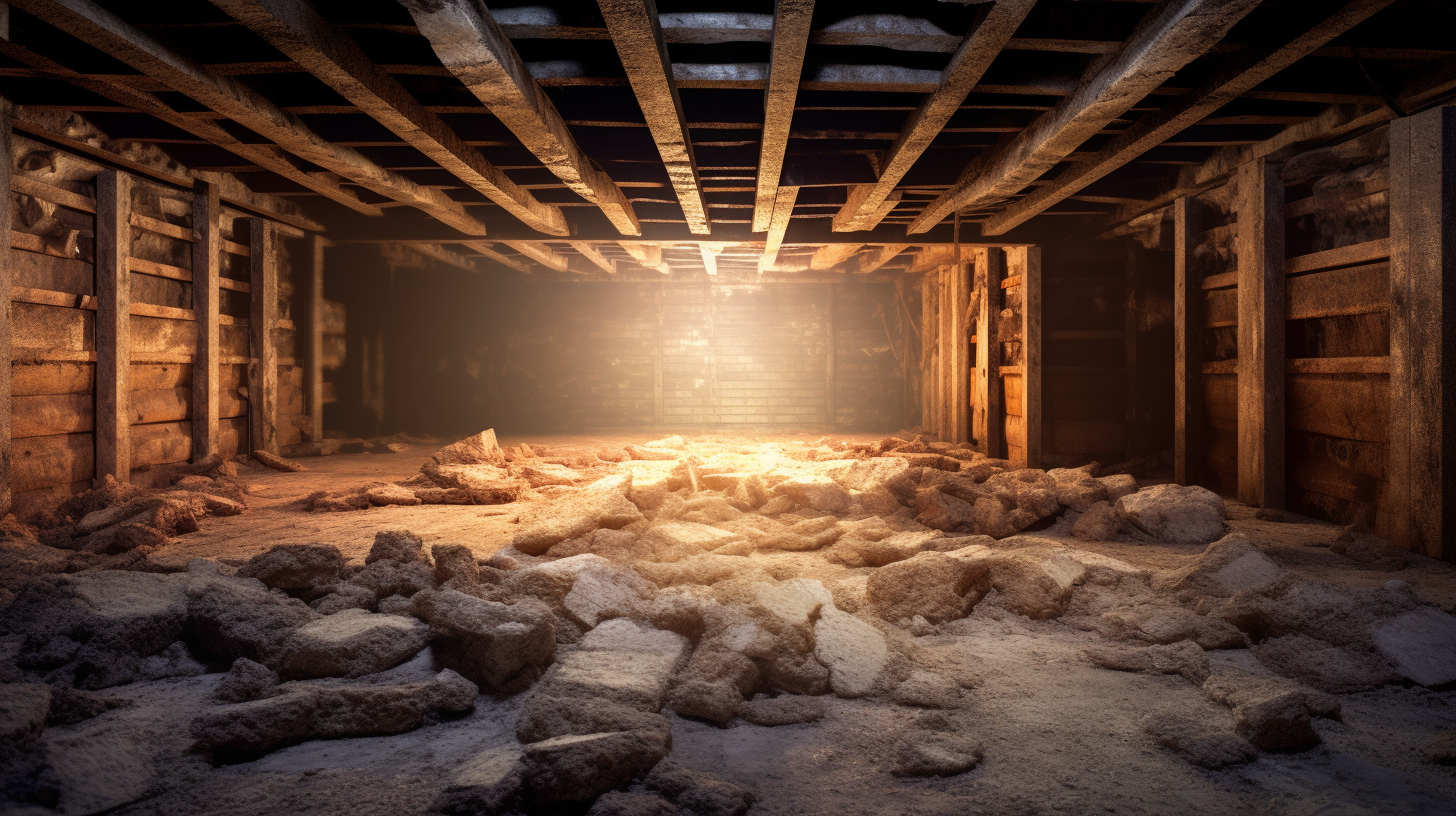
Got a Question? We’re Here to Help.
You can arrange an appointment or make an enquiry by phone or email, orget in touch to us via our contact form.
